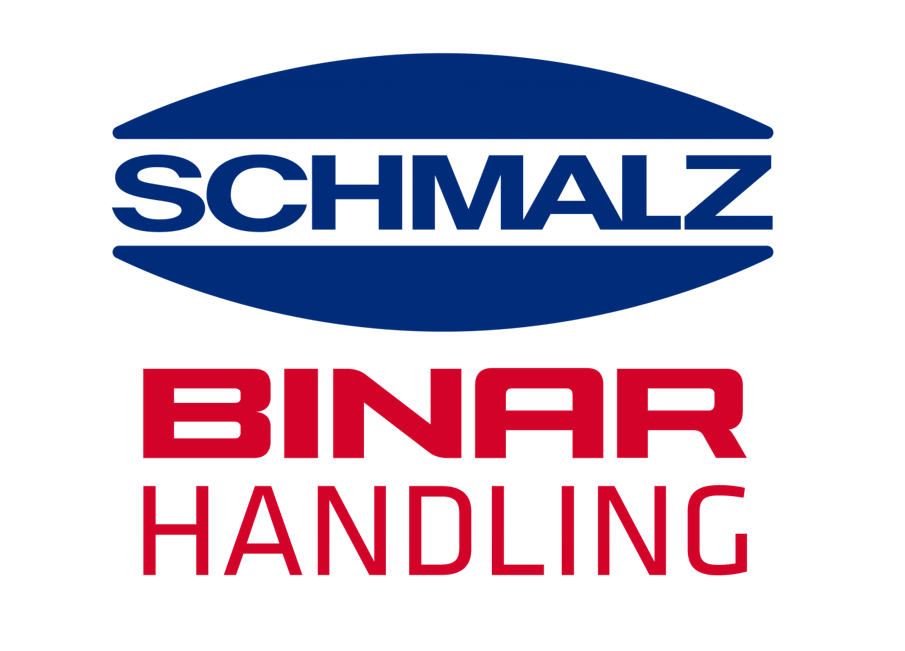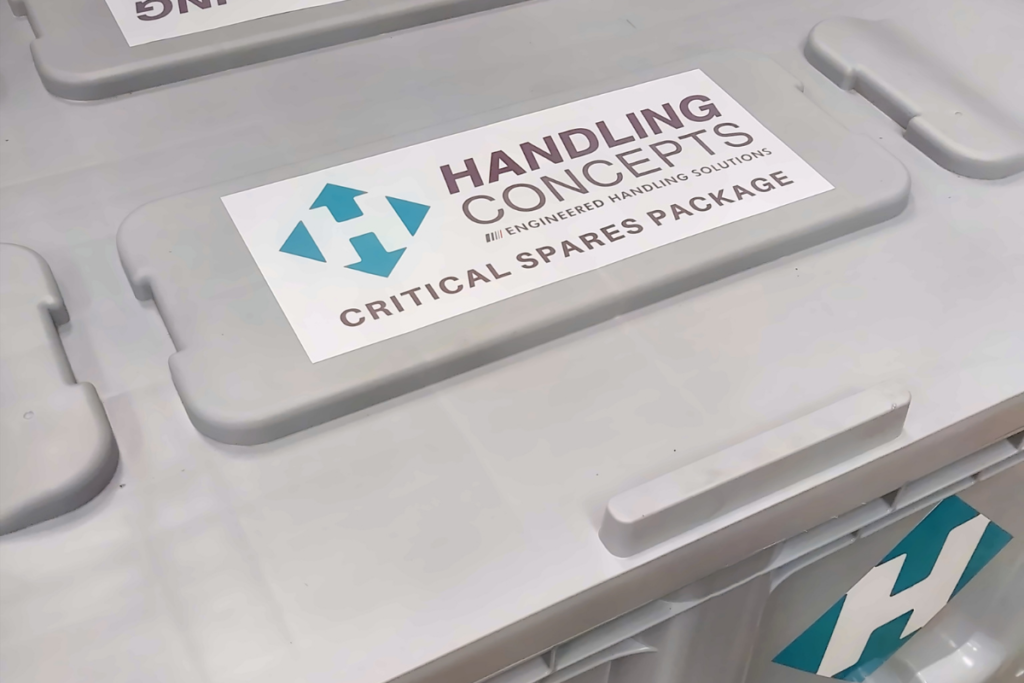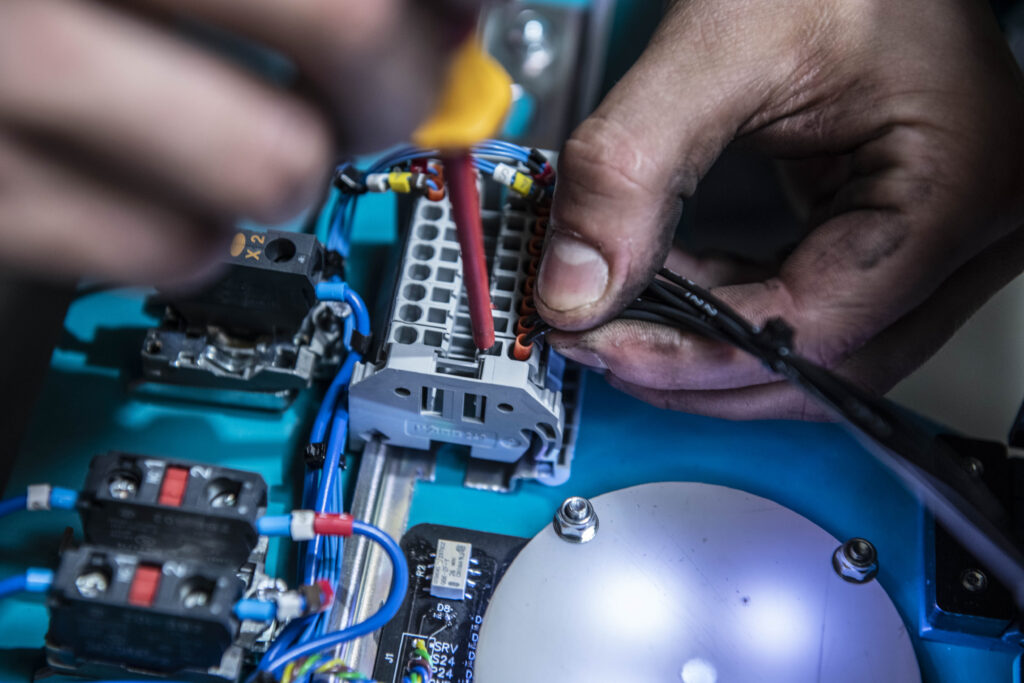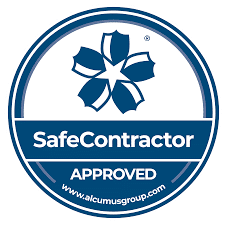5 Tips for Handling Heavy Loads Safely
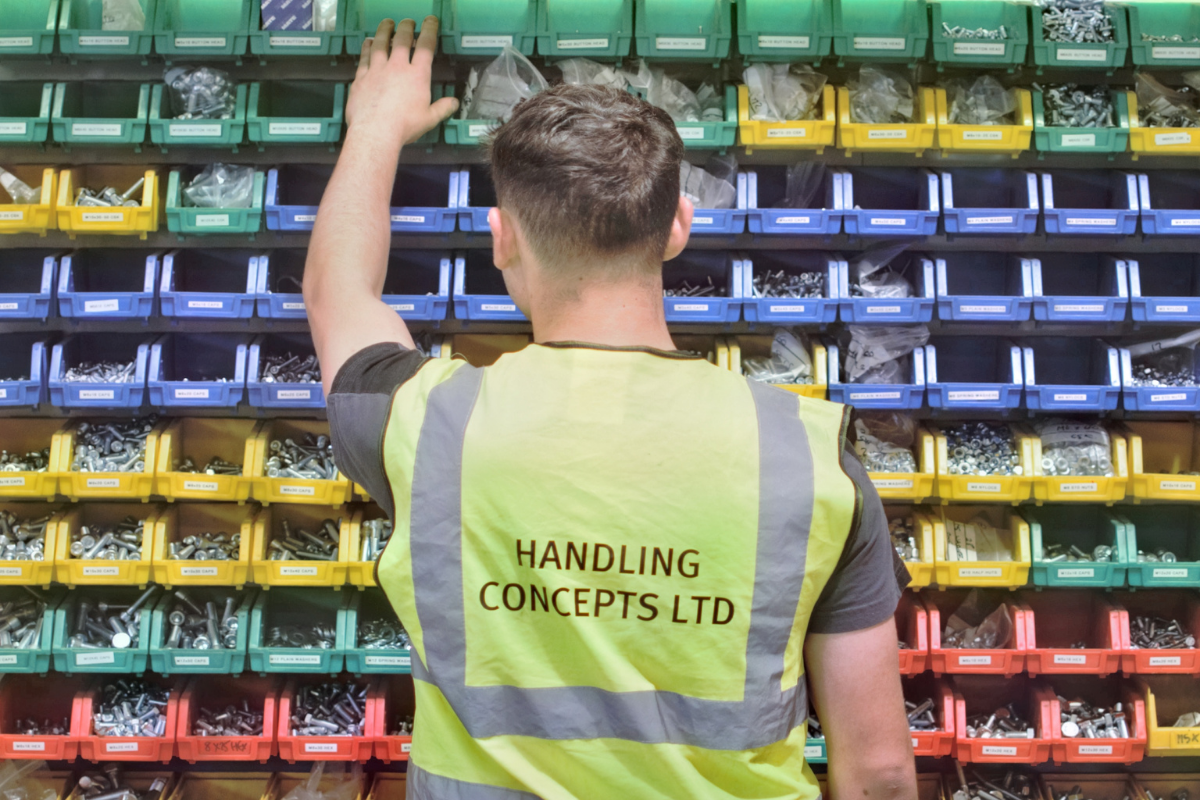
Your business is likely to have operated by handling heavy loads manually and you have probably used some machinery to help you to get the job done. You may have been lucky enough to have avoided the cost and chaos of work-related injuries and feel confident that your working practices are sufficiently safe. However, you must be aware that there are significant risks involved and can never be complacent. Did you know that in 2020/21, 18% of all workplace injuries were caused by handling, lifting or carrying something?
Corona Virus has disrupted all businesses and health and safety reporting was not completed in 2020/2021, in 2019/20, the average rate of absence from work per person was 9.1 days for injuries and 18.4 days for musculoskeletal disorders. You can read more about this in our blog: the true cost of lifting and handling injuries to your business.
These numbers are set to rise, and that is a scary prospect for your business. You can reduce risk by training and reminding your workers to lift and handle loads safely. Here are five short tips for you to share with your team:
1. Plan the Lift
If you have a process in your business that requires a lifting action, planning is key. No matter if the task involves moving small boxes from one pallet to another, there is a risk. A lifting activity where the same action is repeated many times throughout a work shift should be well planned and a risk assessment to identify any area of concern should be conducted. Even a light repetitive task can cause strain and result in injury.
For more complex operations that involve lifting irregular loads, you may use materials handling equipment, and similarly, the process should be planned out step by step and all workers should be adequately trained to use the equipment and be aware of the risks.
2. Provide Staff Training
Under PUWER legislation, workplace equipment should only be used by people who have received adequate information, instruction, and training. This training can be delivered in house, or by using a programme such as iHasco. Where you are using material handling equipment, it is recommended that your supplier provides training to your workers so that they can use it safely.
3. Wear Protective Clothing
Your health and safety risk assessment for your lifting and handling application will identify your personal protective equipment (PPE) requirements, such as high visibility clothing, hard hats, slings, etc. You are responsible for providing the necessary PPE for your staff and for any other visitors to the area where a lifting or handling activity is in progress. You are also responsible for ensuring that people using it are adequately trained.
4. Thoroughly Examine All Lifting Equipment
A thorough examination under Lifting Operations and Lifting Equipment Regulations 1998 legislation (known as LOLER) is a detailed assessment of the equipment and accessories used by a company owning or operating lifting equipment. It is especially important that your business complies with LOLER legislation, not only for legal compliance but more importantly to ensure the safety of your workers. You should thoroughly examine your lifting equipment.
- Before first-time use
- Post-assembly and pre-use at each destination
- At intervals whilst in service (every 6 months)
- Following exceptional circumstances that include being out of use for a long period, damage, breakdown or after major changes
Learn more about maintaining your lifting equipment by reading our dedicated blog.
5. Be Aware of Your Own Actions
If you use handling equipment or are manually lifting, remember to be aware of your surroundings. Consider those around you, what is in your path and if you feel comfortable about completing the task. The safety of yourself and others is one of the more important factors for handling heavy loads and is something you can have control over as long as you are aware of your own actions. Never lift, handle, or use a piece of lifting equipment unless you are trained and confident to perform the activity.
Your Next Steps
Are you concerned about how your workers handle heavy loads? Materials handling equipment is a valuable asset for enabling your production operations to be safe and efficient. If you would like to learn more about the handling solutions available to you, follow the expert guidance of Handling Concepts to ensure you pick the right solution by browsing the product range or by completing an online contact form today.

